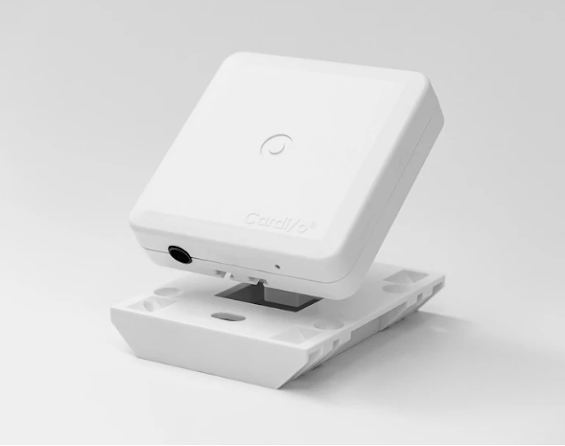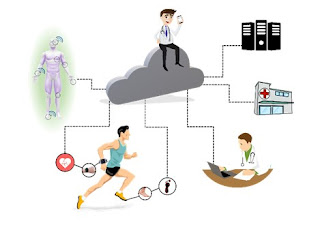Your Workout with Wireless Cardiac Monitor

Technology has contributed significantly to the fitness industry. With technological advancement, people are now able to make more informed decisions related to their workouts. For instance, now you can know how many calories you have lost and how war you have run. All this information helps you to make the most out of your workout. No matter how intensively you are ranking out, but if it has no impact, it will be of no use. On the other hand, if you are overdoing an exercise or under doing it, it may have bad results as well. While a few years ago, most of us have no idea of such metrics, there are devices now providing such important information at our fingertips. A wireless heartbeat monitor can play a vital role in optimizing your workout session, especially when you are involved in activities like running or cycling. A wireless heartbeat monitor helps to gather metrics such as speed, heart rate, distance, calories burned, stride length, cadence, altitude, e...




